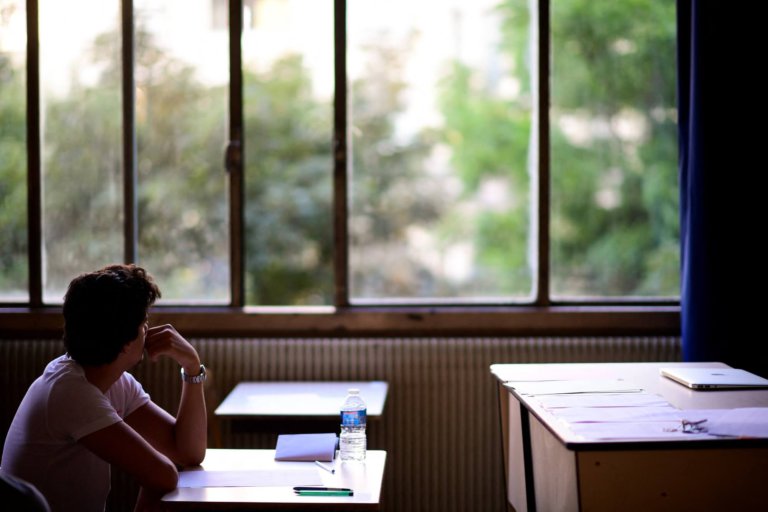
Plenty of online resources claim to have the best study techniques — be it getting enough sleep, eating well and listening to certain types of music. It goes without saying that maintaining a balanced lifestyle can contribute towards your success in university and beyond, but are there science-backed study techniques that will set you on a concrete path towards success?
From memorisation to mind mapping and using flashcards, there are many tips out there to help you study better. Let’s explore some science-backed study techniques to help you get the grades of your dreams:
Retrieval practice
This is one of the most popular study techniques where remembering a previous answer is more effective than searching it each time. Who can we pinpoint to be at the forefront of this method? Henry Roediger from Washington University and Jeffrey Karpicke from Purdue University.
EdTech entrepreneur Donald Clark wrote that Roediger and Karpicke’s research, “Testing-enhanced learning”, showed that repeated tests helped retention over learners who just restudied. Spitzer (1939) made over 3,000 11 to 12 year-olds read 600-world articles then tested them over two months. The larger the gap between testing and reading, the greater the forgetting. So, what does this mean? For retrieval practice to be effective, regular practice is essential.
A previous study also showed that retrieval practice is superior to concept or mind-mapping.
The Leitner system
Another scientifically-backed study technique is the Leitner system, which requires the use of physical or digital flashcards. Put one concept per card, and create three to five boxes labelled with study periods (e.g. Box 1 for cards to be reviewed daily; Box 2 for cards to be reviewed every other day, etc.).
Start by placing all your flashcards in Box 1. Move each flashcard you answer correctly into Box 2. Place your flashcards back into Box 1 for every incorrect answer. You will notice that some cards remain in Box 1, which means you need to spend more time studying these concepts.
Follow this method until all of your cards have been moved into your last box. Anytime you forget a concept, move it back to the previous box.
Payman Farhadi researched the effect of using Leitner’s learning box in intermediate to advanced vocabulary learners with first-year students in Iran. There was a significant difference between the group that used Leitner’s system and the group that used conventional learning. It was concluded that, in studying vocabulary, Leitner’s learning box students had a higher level of improvement.
Feynman Technique
The quote, “If you can’t explain it simply, you don’t understand it well enough,” serves as the underlying technique to the Feynman Technique.
Created by Richard Feynman, the Feynman Technique involves four steps: studying a topic; teaching it using simple language to another person; identifying areas which you have trouble explaining and filling in the gaps of your knowledge; and reviewing and simplifying the content.
The idea behind this technique is that if you have understood a topic, you would be able to simplify it. Business magnate Bill Gates is also a fan of Feynman.
Separately, a 2014 study found that assessed the potential effects of expecting to teach on learning showed that those who study when expecting to teach something not only learned at a faster rate, but also achieved better test results.










